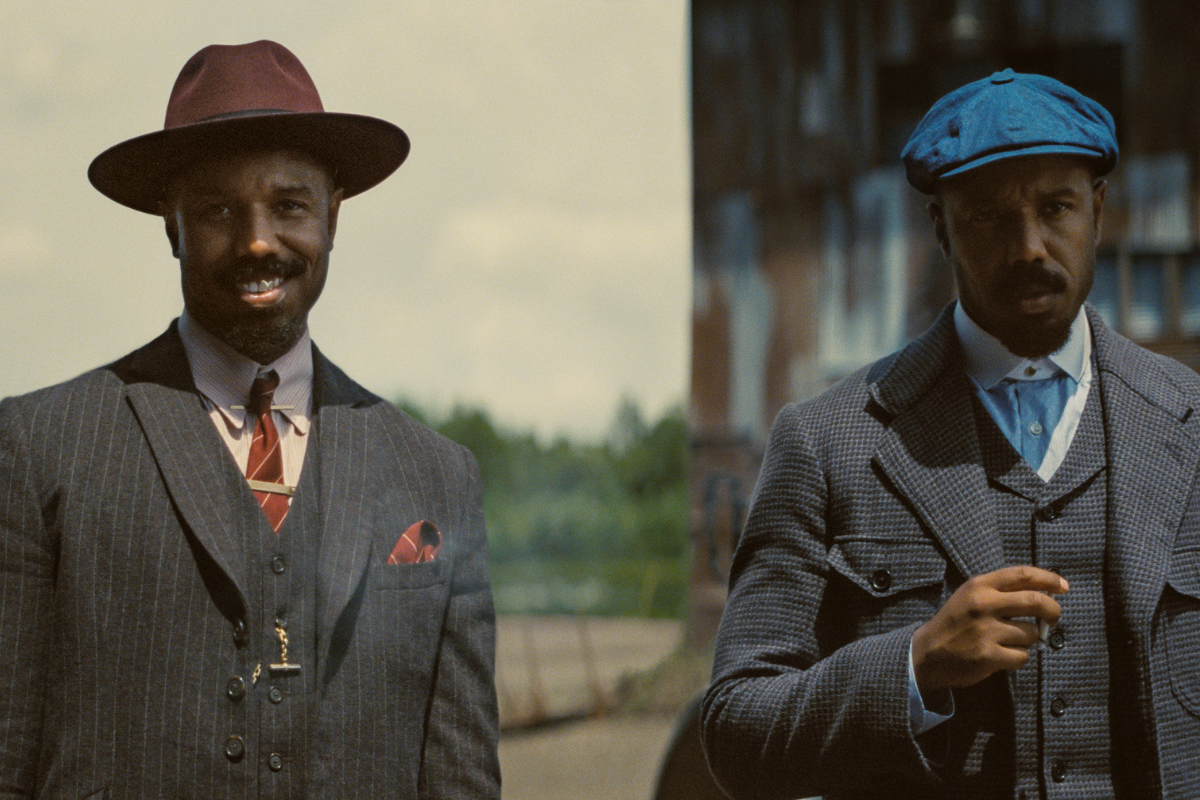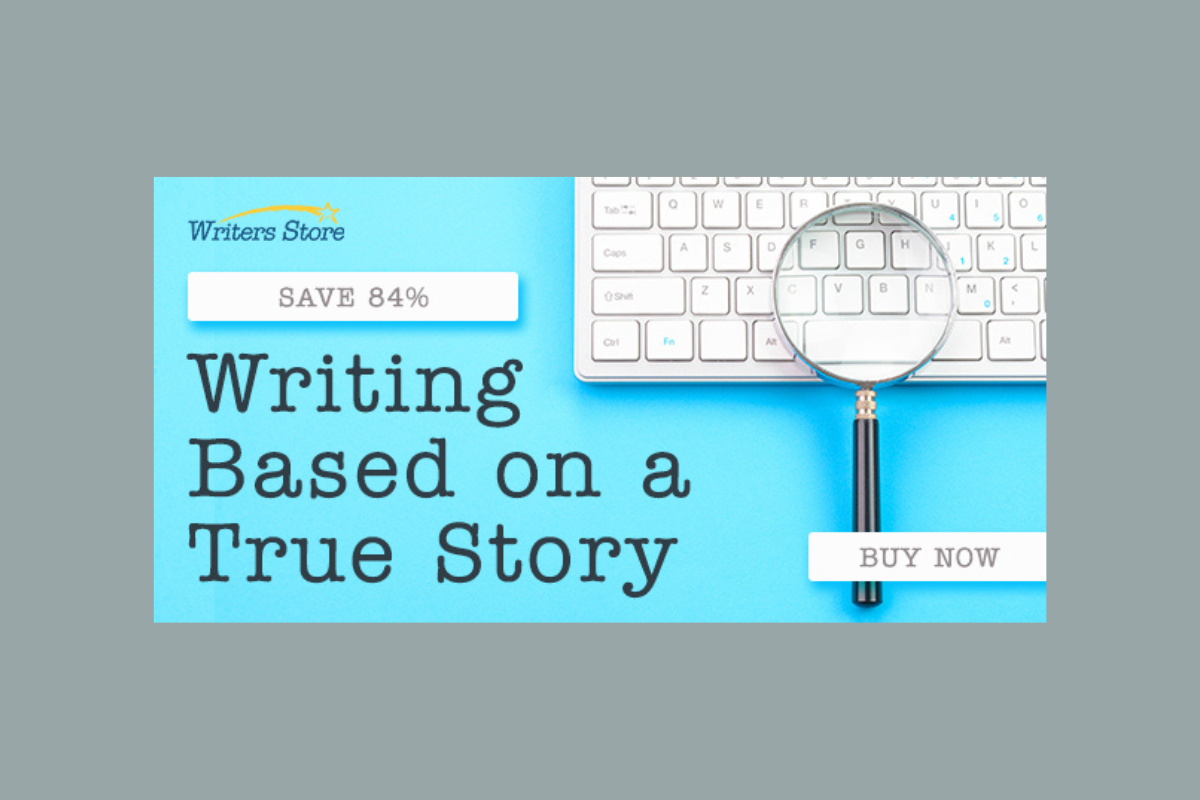Use Research to Write Better Stories: Techniques for Targeted and Free Research
As a storytelling skill, research is often shrouded in myth.
Some writers picture themselves buried under tomes and drowning in parchment rolls. That in itself might be fun, especially for avid readers. But when researching a project, writers might fear getting lost in a rabbit hole of stories that aren’t theirs. They dread the moment they’ll throw up their hands, toss down their pens, and give up on their own project because they no longer see the forest for the trees.
Other (less dramatic) scribes simply consider research a must on their to-do list—a box they need to check. In the end of the day, it’s just fact-checking.
But do these ideas accurately reflect what research is?
If you’re a professional storyteller, it can be so much more. I use research to enrich existing stories and create an endless source of inspiration for new work. Research has introduced me to new communities, people, and concepts. It’s helped me see things in a different light. It’s significantly reduced writer’s block. And it’s made many stories more original.
Yet to me, the biggest benefit is that a consistent creative research practice—one that’s part of your daily or weekly routine—makes for a more thoughtful life.
What’s important, though, is that you embrace the idea that research can be done in many ways. While it’s great to dive into libraries and archives (I often do it in my spare time), there are many other ways to gather knowledge. How about interviewing subject matter experts, immersing yourself in your characters’ worlds, visiting places relevant to your story, or creating collages to see life through a character’s eyes? And what if you don’t just copy your findings into well-organized files but use them as prompts to propel your story forward?
Two main stages that require research
Storytelling happens in several stages, and you’ll often want to use different research methods throughout the process. But before you can create a solid research plan, it’s important to identify the two main stages that require research: idea generation and writing.
What if you’ve just finished a project or recently decided you want to be a writer? Many scribes rack their brains over finding great ideas. (Unless they’re ripping off Marvel or YA formulas, but I assume that’s not who you are.) If you’re looking for your next or first great idea, you can either sit back and wait until inspiration strikes or conduct free research. The latter means you research a yet-to-be-created story. It requires an open mind and outside-of-the-box thinking. But it’s inspiring and fun. And if you document all your findings (including the ones you don’t use for your upcoming story), it helps create an endless source of inspiration—a place where new stories are always waiting to be told.
If you’re currently working on a story, though, you’ll want to embrace targeted research. There is of course a practical element to this—you need to ensure your story is accurate. But if you cross-connect your findings to enrich your characters or come up with original plot twists, targeted research can also elevate your story. (Just be careful not to ‘show off’ your knowledge. Every piece of information you include should serve the narrative!)
No matter the stage you’re at, you’ll need a starting point for research. I recommend kicking off your research journey using one technique. That will be your stepping stone. Once you’ve got things going, it’s easier to identify additional methods that are useful to your project.
So here’s a research technique for each of the two main stages. These are of course examples, and you can use lots of other methods instead. But in my experience, these two techniques often set you on the right track, which is why they’re great starting points for a rewarding research process.
In the trenches: targeted research for your current project
Let’s discuss the writing stage first. That might not seem logical, since you can only start writing after you’ve had your Eureka moment. But the truth is, most people who call themselves writers have at least one story in the works (ideas that are collecting digital dust in hidden files count as “in the works”).
If you’re looking to flesh out an existing story idea, try going the interview route. One of the best ways to enrich a narrative is by talking to people who are familiar with the world you want to describe. They’ll often provide firsthand information you can’t find in books.
This technique works best if you adopt a very broad view. Don’t just go for the obvious choice. Talk to a wide range of people to form a picture of a character’s reality in all its complexity. If, for example, your main character is a historian who teaches at an Ivy League college, you will likely look into the world of academics. You’ll talk to a professor or two and ask about their field of expertise. What made them choose this job? What’s their teaching philosophy? What historical topics do they write about?
Although the answers to these questions are important, try and think beyond a character’s job. A human being’s life consists of many aspects. If your character is a widower raising his toddler in a big city, research what life is like for him on evenings and weekends. What are his emotional and practical struggles? What keeps him up at night, and which thoughts put him to sleep? Try and get access to people who’ve lived this tragic scenario. Talk to them and their friends. Find a psychologist who specializes in this area and ask them some questions.
Alt-Script: Research and 4 Ways Pinterest Can Improve Your Writing
Also, think about your character’s hobbies and hidden talents. Is your single father in New York City a semi-professional sax player? Did he once aspire to be a jazz musician and tour the world? If so, talk to a sax player. Discuss their love of music. Bring up dreams, achieved or broken. Watch them play and study their body language.
Of course, no two individuals are the same. And that’s exactly why you should talk to multiple people who represent the different areas of your character’s life. Once your interview spree is over, you’ll merge their input into one unique character who will be complex, three-dimensional, and relatable. By that time, you will also be better equipped to create the world they live in. After all, you’ve seen at least part of that world, and your interviewees have told you what it’s like to—well, be them.
One final note—this method works regardless of your genre. Even if you write sci-fi or fantasy, you’ll create characters with emotions that interact with each other. It’s useful (and necessary) to dive into their psychology. For in the end, you probably want your story to appeal to people who are alive on this planet today.
Big plans, blank page: free research for the inspiration-seeking scribe
Every location holds a wealth of stories. Some have already happened and need to be retold. Others lie under the soil, waiting to be discovered and shaped into narratives.
If you’re short of inspiration, gaining a sense of place can work wonders for the creative mind. Start by choosing a location that sparks your curiosity and schedule a research trip to it. Depending on factors such as time and budget, it can be anything from a local park to an Italian village you’ve always dreamed of visiting. But before you head out the door, gather some general information about your research location. Jot down everything you find interesting—from historical facts to architectural features. Try and understand the location’s significance to people. If any cultural or historical events are associated with it, document them. Don’t do anything with that information just yet. Just write it down and visit the location with an open mind.
When you’re there, spend time observing the environment and all living things in it. Pay attention to the ways in which individuals interact. Watch how animals react to their surroundings. Take in the sights, sounds, and smells. Read small plaques or words carved into walls. Often, the architecture of a place tells its own story. It has at least co-shaped the community’s identity. You don’t have to research it in-depth at this stage. Just take note of details that catch your eye. You might find a great story by following nonobvious trails.
Historical Storytelling: How to Master Your Craft for a Genre Audiences Love
Make sure to ask questions. First, to yourself. Then, to those around you. Keep things informal at this stage. Just strike up a conversation and see where it leads. You want to get a general idea of the location’s culture. And remember, every place has a (sub)culture of its own—even a zoo or neighborhood theatre. Give effort to understand the cultural and social dynamics, as these can inspire interesting characters, scenes, and narratives.
As you conduct research, it might help to jot down terms you associate with the location. Aim for a mix of facts and feelings—you can, for example, document crucial historical dates and people’s emotions during interactions.
When you get home, you might feel overwhelmed. Let the experience sink in. Your story idea might come to you while you take a walk, read a book, watch a movie, or cook dinner. If it doesn’t, return to your notes after a day or two and cross-connect your findings. Combining two seemingly unrelated observations is a great way of creating original stories. Once you have the kernel of an idea, you can devise a more focused research plan. That’s when you want to look at other research techniques, like interviews, archival research, or some form of ‘method writing.’
But first, head out into the world. Immerse yourself in it and allow it to share its stories with you, written or unwritten. This research technique enables you to lay the foundation for a story worth telling.
Want to learn how to write better stories using targeted and free research?
Don’t miss Pipeline Artists’ Symposium session How to Enrich and Speed Up Your Storytelling Process Through Research on July 26th, 2023. In this two-hour seminar, Annalisa will discuss various outside-of-the-box research methods, explain how to create a research plan, and provide hands-on tips on laying the foundation for a consistent research practice.
Learn more and reserve your spot here.
Learn more about the craft and business of screenwriting and television writing from our Script University courses!
Annalisa Koukouves is a storyteller, copywriter, and creative writer. In the past 14 years, she has interviewed hundreds of experts in the worlds of art, technology, and business to help them tell their stories in the form of books, scripts, (scientific) articles, essays, opinion pieces, and online content. She was a finalist in the 47th New Millennium Writing Awards and in one of Script Pipeline’s contests. Her work has appeared or is forthcoming in various outlets, including Pipeline Artists, Thrive Global, and Daily Philosophy.
Annalisa is the founder of Key Copy & Content, a storytelling and copywriting business that helps professional storytellers and subject matter experts achieve two goals: to improve their writing skills and to build thought leadership through storytelling. She’s also the creator of Existential Chapters, a philosophical newsletter. Currently, she’s working on a novel.
Annalisa Koukouves | Key Copy & Content | Twitter | Instagram | YouTube







